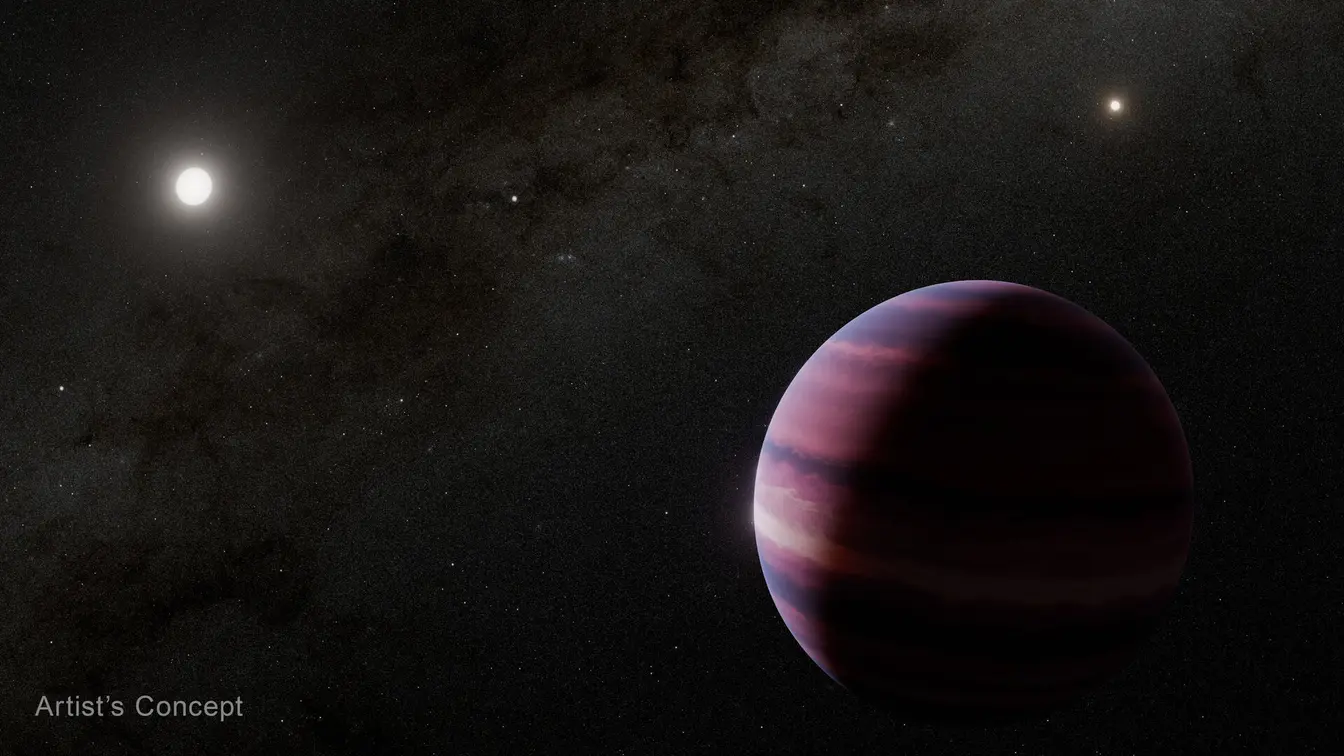T4K3.news
Chrysalis proposed for 400 year Alpha Centauri trek
A concept design for a 58-km generational ship proposes centuries-long travel with planned Antarctic preparation and AI-enabled governance.
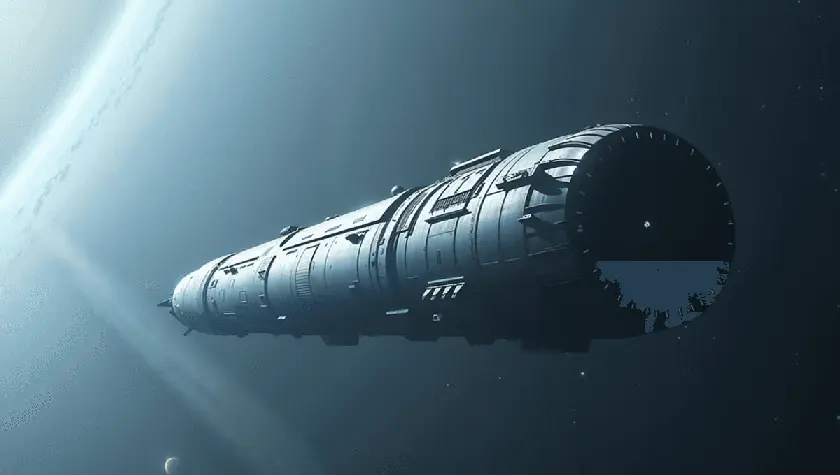
A concept study presents Chrysalis, a 58 kilometer long generational ship aimed at Alpha Centauri, with long-term social and health design features.
Chrysalis Generational Ship Designed for 400 Year Alpha Centauri Trek
A design team won a competition run by Project Hyperion with a concept named Chrysalis. The ship is meant to deliver thousands of people to Alpha Centauri in more than four centuries. The plan centers on a very large tube that would accelerate at about 0.01 percent of the speed of light and use rotating interior shells to create artificial gravity. The total mass would be around 2.4 billion tons and the craft would stretch 58 kilometers end to end. Construction was proposed to occur at the Earth Moon L1 point, with a preparation phase of 20 to 25 years.
To manage long duration life in space, the designers suggest that the initial generations spend 70 to 80 years living in Antarctica to adapt to isolation before launch. The project emphasizes a cognitive space where humans, robots and AI agents share information and decision making. While the design has drawn praise for its approach to radiation shielding and safety, it remains a concept rather than a plan, with Mars-like milestones still far beyond current reality.
Key Takeaways
"Chrysalis is not only a physical environment but also a cognitive space for the inhabitants: the phenomenological aspect of living and dwelling in the deep space, what is experienced, the psychological meaning of being a creature of the Cosmos is central in the design of the spaceship"
design philosophy
"A long cylindrical shape and geometry minimises the frontal section and MMOD shielding and reduces structural stresses during the linear acceleration and deceleration phases"
technical rationale
"The interior would rotate to produce artificial gravity"
life support design
"The bigger the disk, the slower you can rotate"
gravity management
The Chrysalis concept highlights how far space engineering has come in imagining long-haul voyages. It balances physics with human factors, proposing a large, slowly rotating habitat to limit health risks from zero gravity. Yet the scale raises questions about feasibility, cost and governance across generations. Reading the plan as a blueprint for tomorrow, one also weighs whether society would sustain a multi-century mission without a clear destination that remains emotionally compelling for descendants.
Beyond physics, the project asks us to rethink what a mission community looks like. If people are to live and die on a ship, how do you preserve culture, rights and accountability across decades of leadership and evolving AI? The answer may shape how we see interstellar travel as more than a technical challenge and a test of patience for future generations.
Highlights
- Chrysalis is a living spaceship where humans, robots and artificial intelligent agents share information, experiences and decision-making processes.
- The bigger the disk, the slower you can rotate.
- They will be creatures of the cosmos, a new line of evolutionary development in deep space.
- The personal decision to volunteer for an interstellar mission should be paramount.
The leap from dream to deployment remains vast, but the ideas push science forward.
Enjoyed this? Let your friends know!
Related News
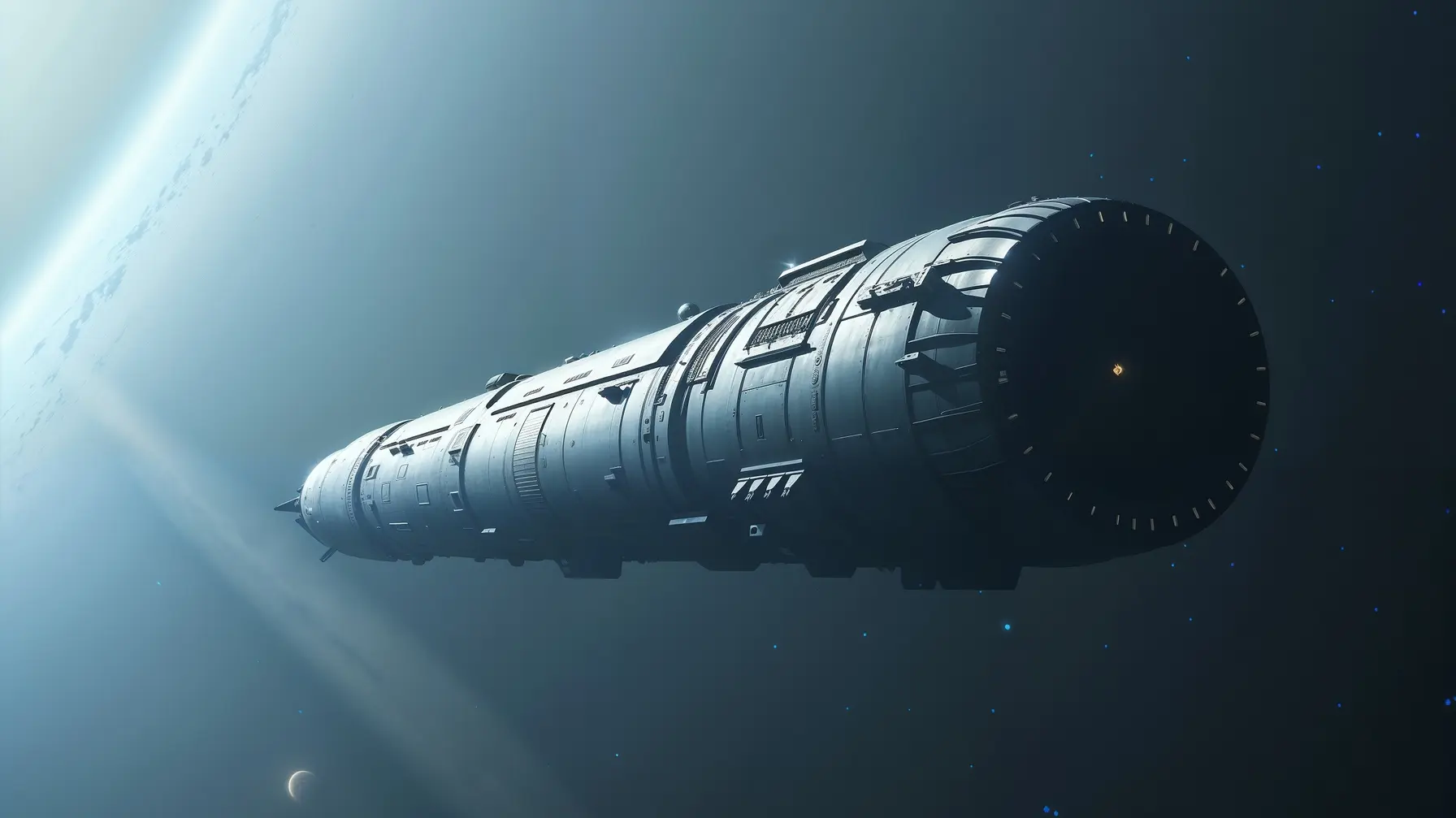
Chrysalis spacecraft concept revealed for Alpha Centauri journey

Project Hyperion Launches Competition for Stellar Travel Designs
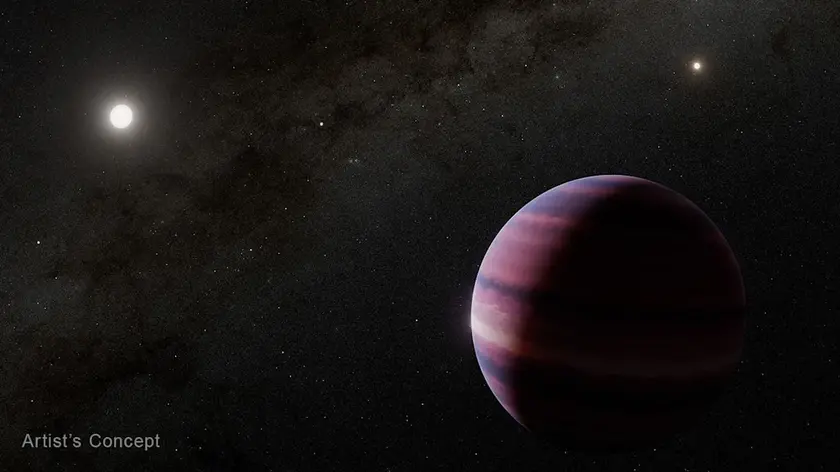
Possible planet spotted near Alpha Centauri
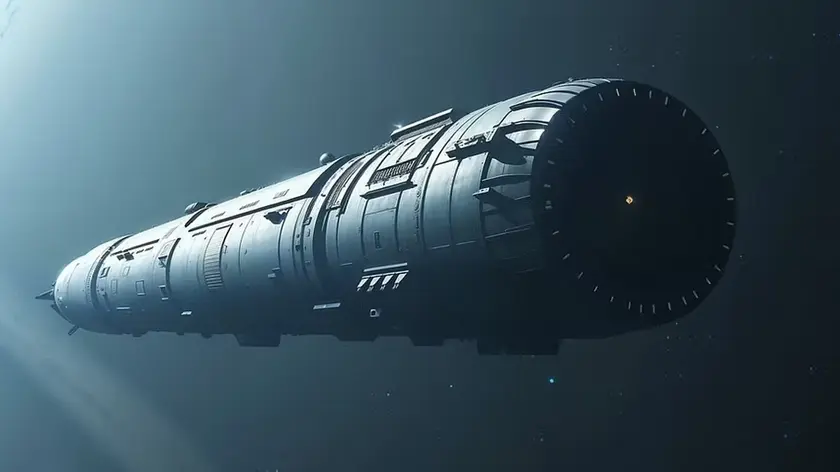
Chrysalis spacecraft wins design competition
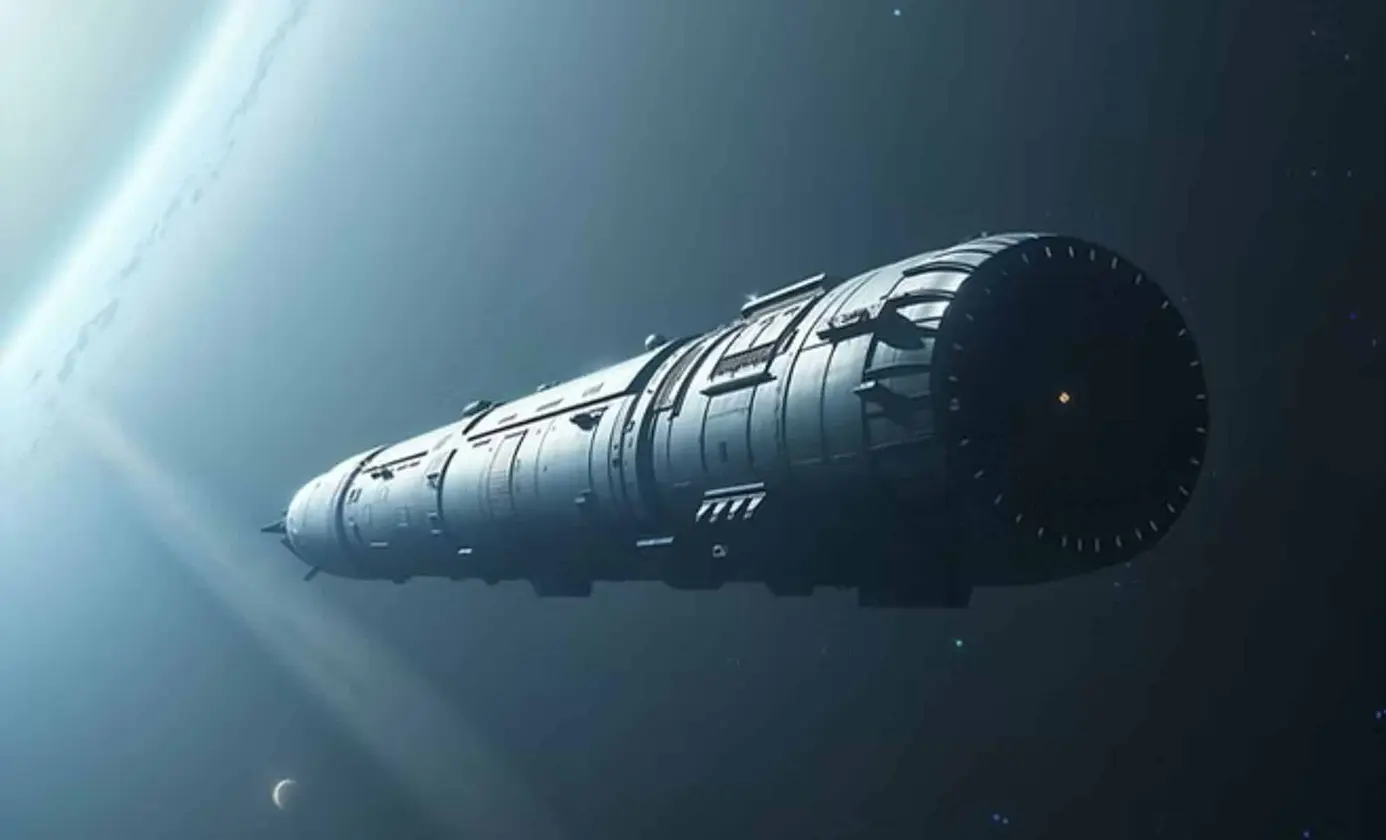
Chrysalis generation ship wins Hyperion prize
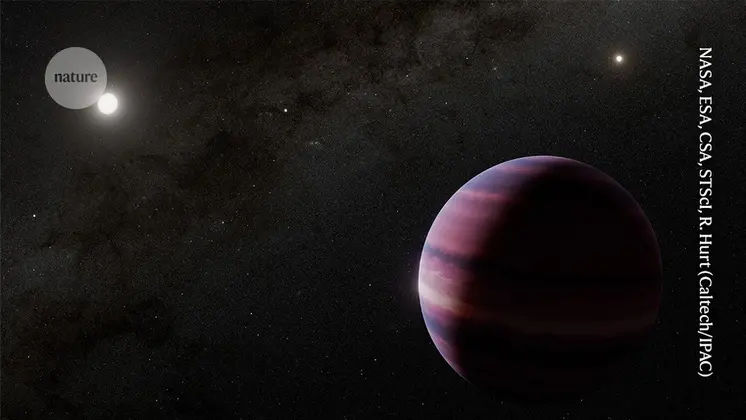
Astronomers discover possible planet near Alpha Centauri A
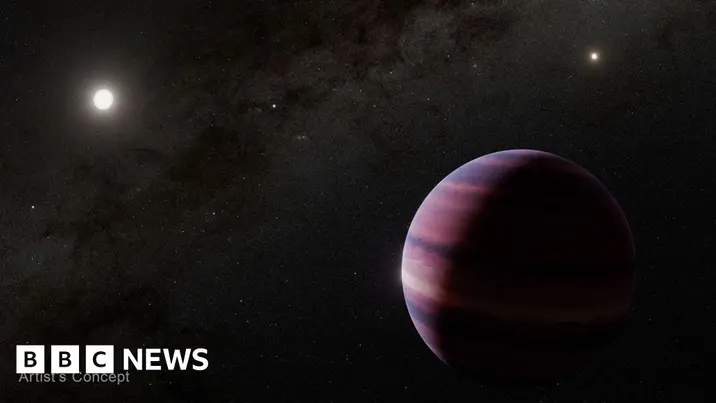
Nearby exoplanet signs found
Astronomers discover planet reminiscent of Avatar
